Abstract
Weaving is an invention of man, and maybe one of the most important inventions in the field of construction. There are many weave patterns but most weave patterns are based on just two different grids, the plain weave and the three way weave. The development of weaving is mainly connected to the possibilities of manufacturing. In this paper I want to investigate this ‘passing one thread over another’-concept from a mathematical-artistic point of view.
1. Introduction
1.1. Over and Under. In Leonardo’s painting on the ceiling of the Sala delle Asse in the Sforza Castle in Milan (Figure 1) we can see different weaving patterns: the knotted ropes and the interwoven branches. Both can only be realized with the aid of man. Nature doesn’t weave by itself, at least not in the way Leonardo shows us in his painting.
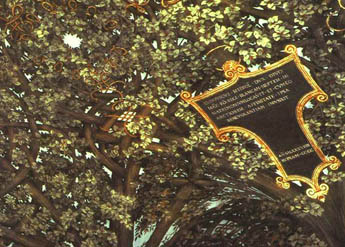
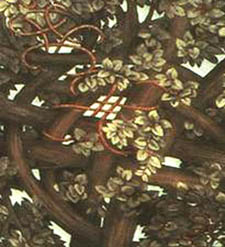
Figure 1a: Leonardo da Vinci
Figure 1b: Detail
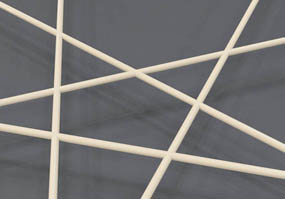
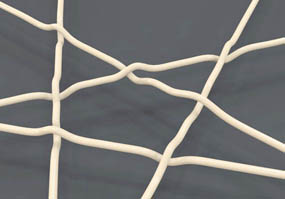
Figure 2a: Lines
Figure 2b: Weaving
The degree of each vertex is four, because of the two lines in the weaving pattern crossing each other. And therefore the projected pattern can be transformed into a tiling which can be colored with just two colors in such a way that adjacent tiles always have different colors (Figure 4a,b). This works both ways, so we can construct a weave pattern from any tiling that can be colored in this way and has only vertices with degree four.

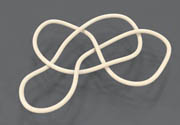
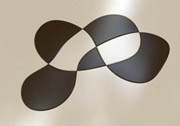
Figure 3: Closed loops
Figure 4a: Weaving
Figure 4b: Tiling